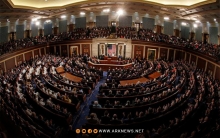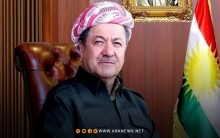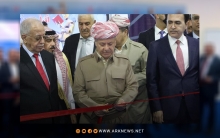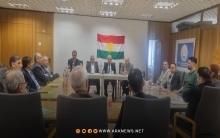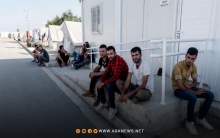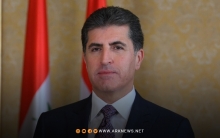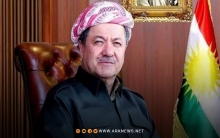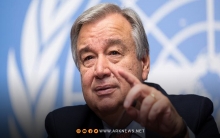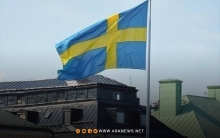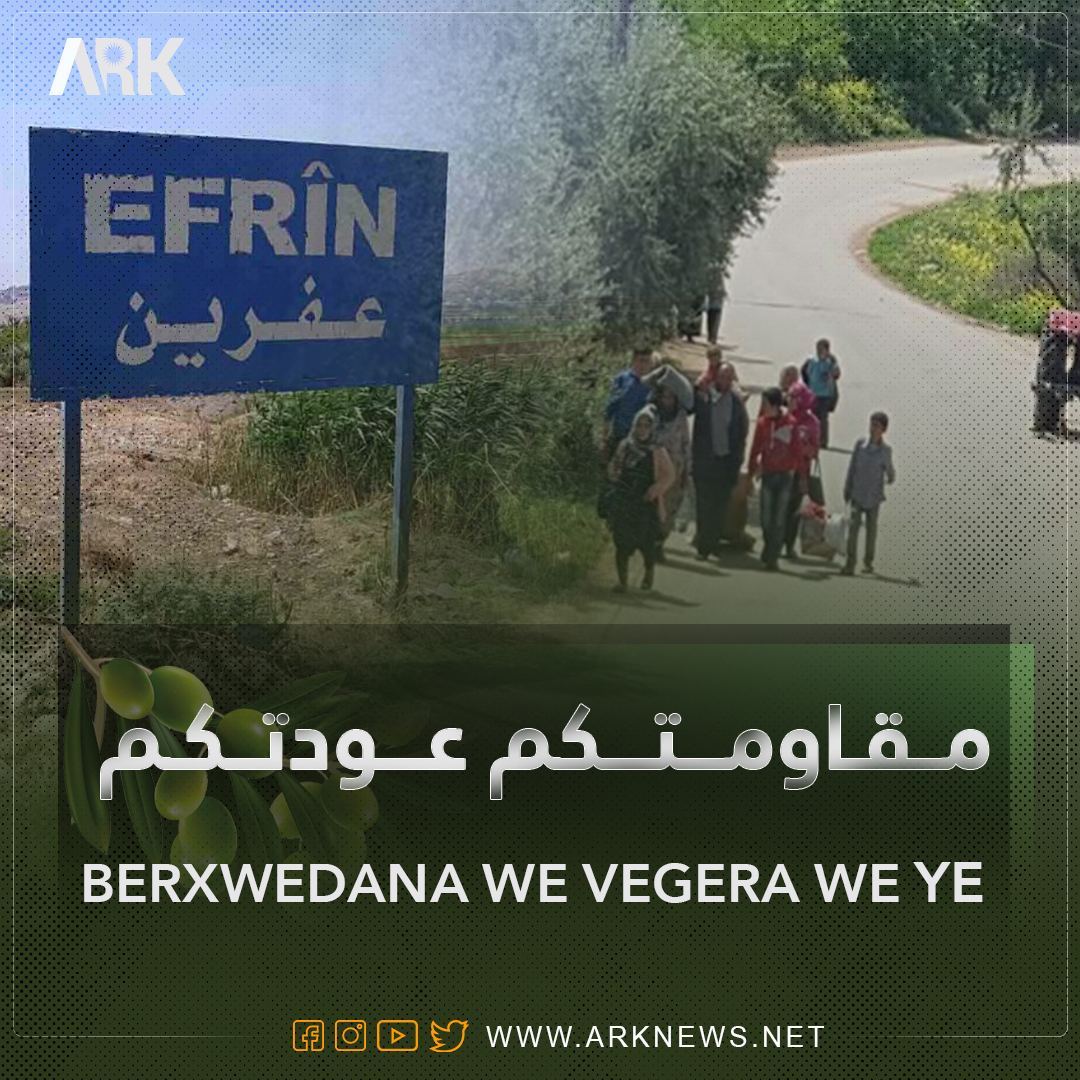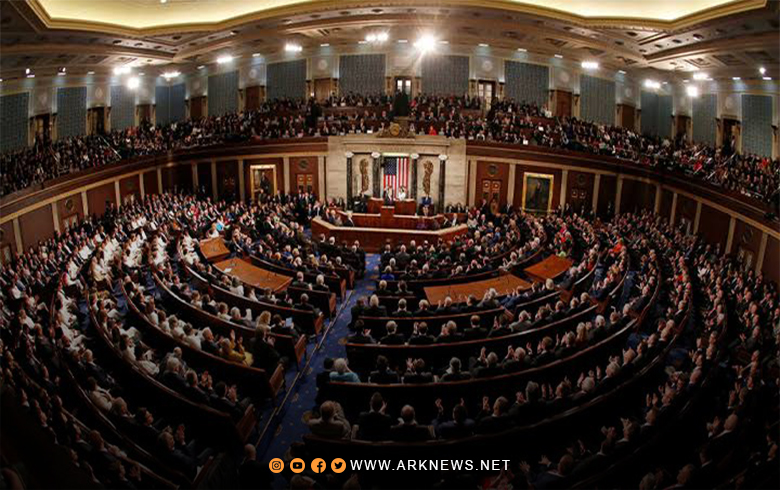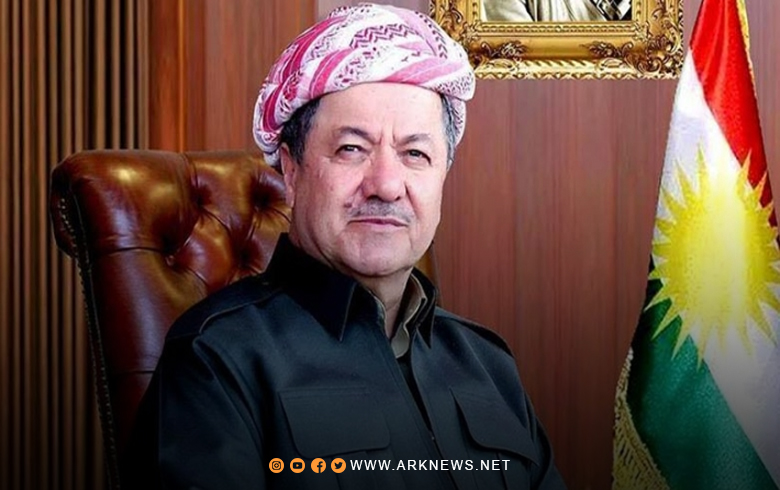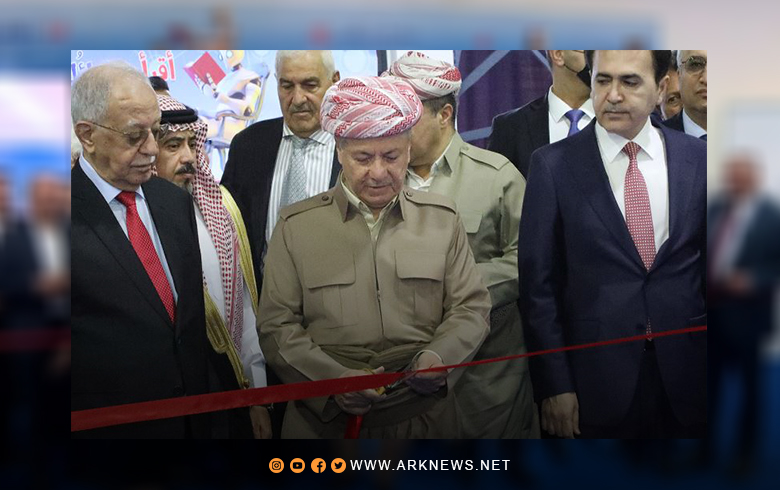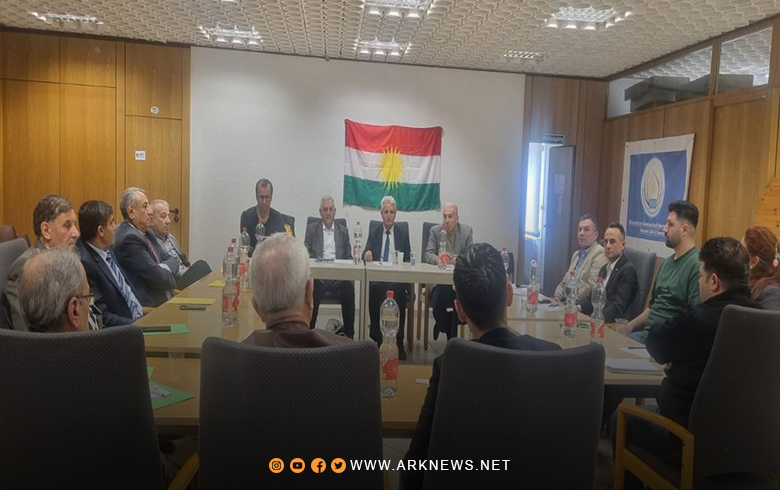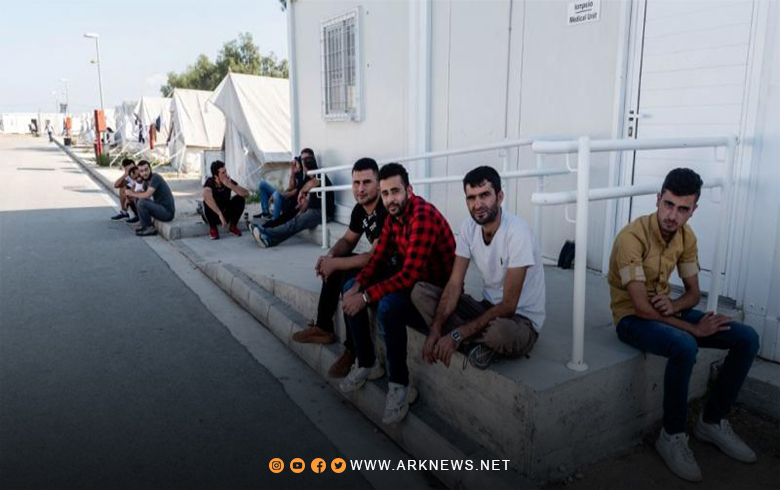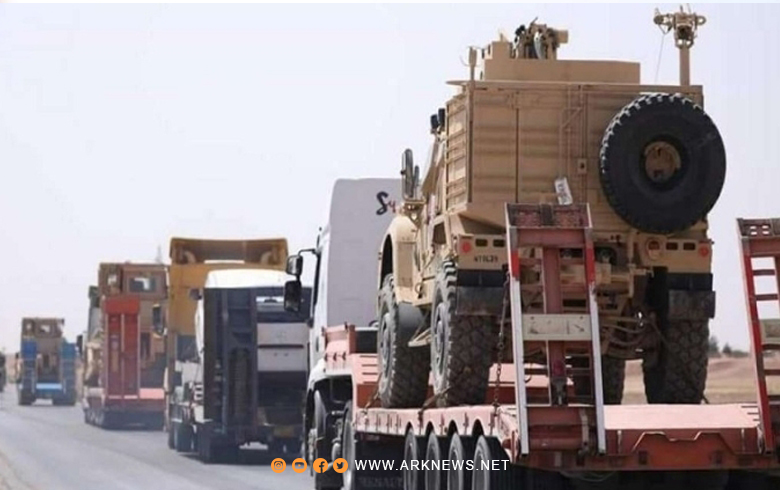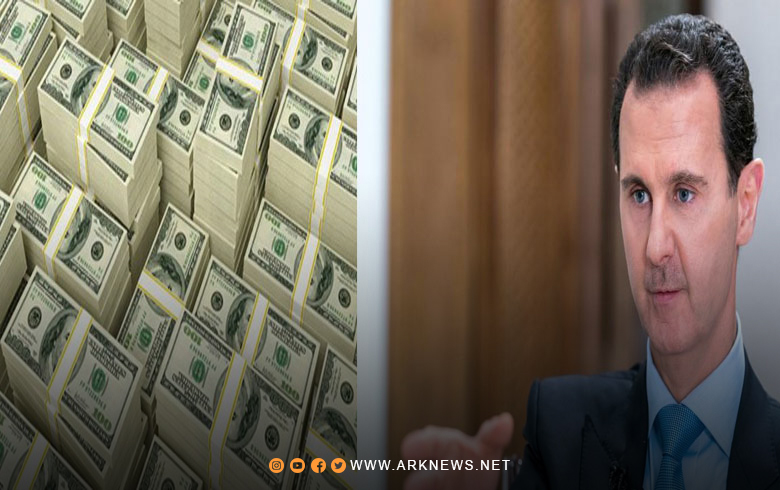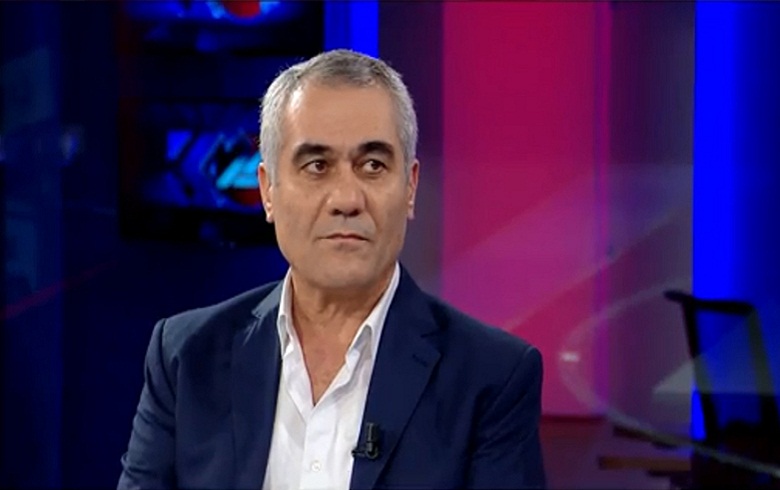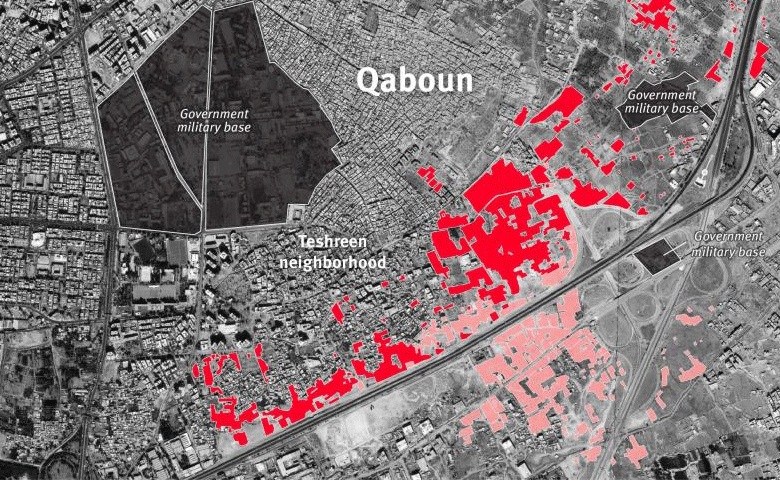
The Syrian government is unlawfully preventing displaced residents from returning to their properties
ARK News: The Syrian government is unlawfully preventing displaced residents from former anti-government-held areas from returning to their properties, Human Rights Watch said.
Residents of one town, Qaboun, said the government is also demolishing their properties with no warning, and without providing alternative housing or compensation. Human Rights Watch analyzed satellite imagery over Qaboun neighborhoods showing large-scale demolitions starting in late May 2017, after fighting there ended. The imagery confirms the demolitions are still taking place.
“Russia and Syria are calling on people to return to attract reconstruction funding, but as always with the Syrian government, the reality is much different,” said Lama Fakih, deputy Middle East director at Human Rights Watch. “Apparently under the guise of a notorious property rights law, the Syrian government is actually blocking residents from returning.”
The Syrian council of ministers and local authorities designated parts of Darayya for redevelopment in April 2018 and Qaboun in July. Both towns have been identified with the Syrian revolution, and the government has retaken both from anti-government groups. But under Law 10 of 2018, passed in April, the government can appropriate private property without due process or adequate compensation in redevelopment zones, a Human Rights Watch analysis found.
Human Rights Watch spoke to seven Syrians who had attempted to return to their homes in Darayya and Qaboun, or whose immediate relatives attempted to return in May and July. Residents said that they or their relatives were unable to access their residential or commercial properties. In Darayya, they said, the government was imposing town-wide restrictions on access, and in Qaboun they said, the government either had restricted access to their neighborhoods or had demolished their property.
Human Rights Watch also compared impact sites from the airstrikes with the demolitions. Human Rights Watch found that while many buildings were most likely damaged in airstrikes or ground fighting, but it was clear that many of the buildings demolished were also visibly intact and potentially inhabitable and were not demolished because they were damaged by airstrikes.
s one refugee put it: “They took our children, our blood and now our property – what is left for us to return to?”
Preventing displaced residents from accessing and returning to their homes without an apparently valid security reason or providing alternatives to the displaced communities makes these restrictions arbitrary, and most likely amounts to forced displacement, Human Rights Watch said.
The international humanitarian law also prohibits “wanton destruction” of property and deliberate, indiscriminate, or disproportionate attacks against civilians and civilian objects. The scale of the demolitions and the fact that the government had retaken the area for at least a year indicates that these demolitions are likely disproportionate, and may be war crimes.
The restrictions on access, demolitions, and confiscation of the property also affect displaced people’s ability and willingness to return to their areas of origin, Human Rights Watch said. Refugees indicated that their inability to go to their areas of origin and the lack of guarantees that security will be maintained there are reasons they would not return. Others said that this is only the latest in a series of Syrian government actions showing disregard for the civilian population.
Russia and other countries that are calling for the return of refugees should use their leverage with the Syrian government to ensure that the property rights of displaced people seeking to return are protected and that the government does not expropriate or demolish their properties arbitrarily and without providing them with alternatives.
“In demolishing their homes and restricting access to their property, the Syrian government is signaling that despite official rhetoric inviting Syrians ‘home,’ they do not want refugees or displaced persons back,” Fakih said. “Donors considering funding reconstruction to facilitate returns should be put on notice.”
Local officials have not provided a reason for preventing them from returning to Darayya or Qaboun, or for the other restrictions on access, residents said. Other areas including Wadi Barada and al-Tadamon have faced similar restrictions.
Human Rights Watch spoke to three residents, who had attempted to return or whose immediate relatives attempted to return in 2018. All three said that Darayya had been completely closed off to residents for two years with government checkpoints and physical barriers erected by government forces. To enter, one either had to have a relative in the Syrian military or pay a bribe and even then, residents could not stay in the town, they said.
Recent media reports have implied that residents have not been able to return to Darayya because of heavy damage to the buildings and no connection to basic infrastructure, including water and electricity. However, Human Rights Watch research shows that in other areas, that were re-taken by the government later than Darayya, including Zabadani and al-Moadmiyeh, residents were allowed to return, apparently without these preconditions in place.
The third round of demolitions began sometime between March 27 and April 13, 2018, and continued until early September. In parallel, satellite images showed dozens of dump trucks taken to the area to remove debris from demolished buildings, creating large areas of bare soil along the northern side of the M5 highway.
Three residents told Human Rights Watch that their families who remained inside Syria and visited Qaboun informed them that their houses were demolished between May 2017 and March 2018. Two of the residents shared pictures of the houses with Human Rights Watch, which showed an extensive amount of rubble, and destroyed structures and said that the property was not part of informal settlements. Human Rights Watch did not interview any witnesses to the demolitions in 2017 and 2018, but residents consistently said that they believed the government was responsible for the demolitions because they were in control of the area at the time.
The law, passed by the Syrian government on April 2, 2018, empowers the government to create redevelopment zones across Syria by decree, with extensive and in some cases formidable requirements for property owners or tenants to qualify to remain or to be compensated when they are required to move for redevelopment.
Following international pressure, the Syrian Foreign Minister confirmed that “indeed, the deadline for proving ownership of a property after the announcement of a re-development zone had been amended and extended to one year.” Diplomats and lawyers told Human Rights Watch that the Syrian government is returning the law for reconsideration in parliament. However, at the time of writing, no legislative amendment to Law 10 had been passed by parliament.
Law No. 10 replaced Decree 66 of 2012, to allow for the redevelopment of areas in the Damascus countryside. Following the passage of Decree 66, Damascus Cham Holding, a public-private partnership between the Syrian government and private investors, was created. On March 27, news reports said that the Damascus provincial council had approved development plans for Basilia city, the second development project, Marota
City, the first development project under Decree 66 was announced as far back as 2016. These two projects include parts of Darayya, Kafr Souseh, and Mezzeh, towns in the Damascus countryside. In April 2018,
902

